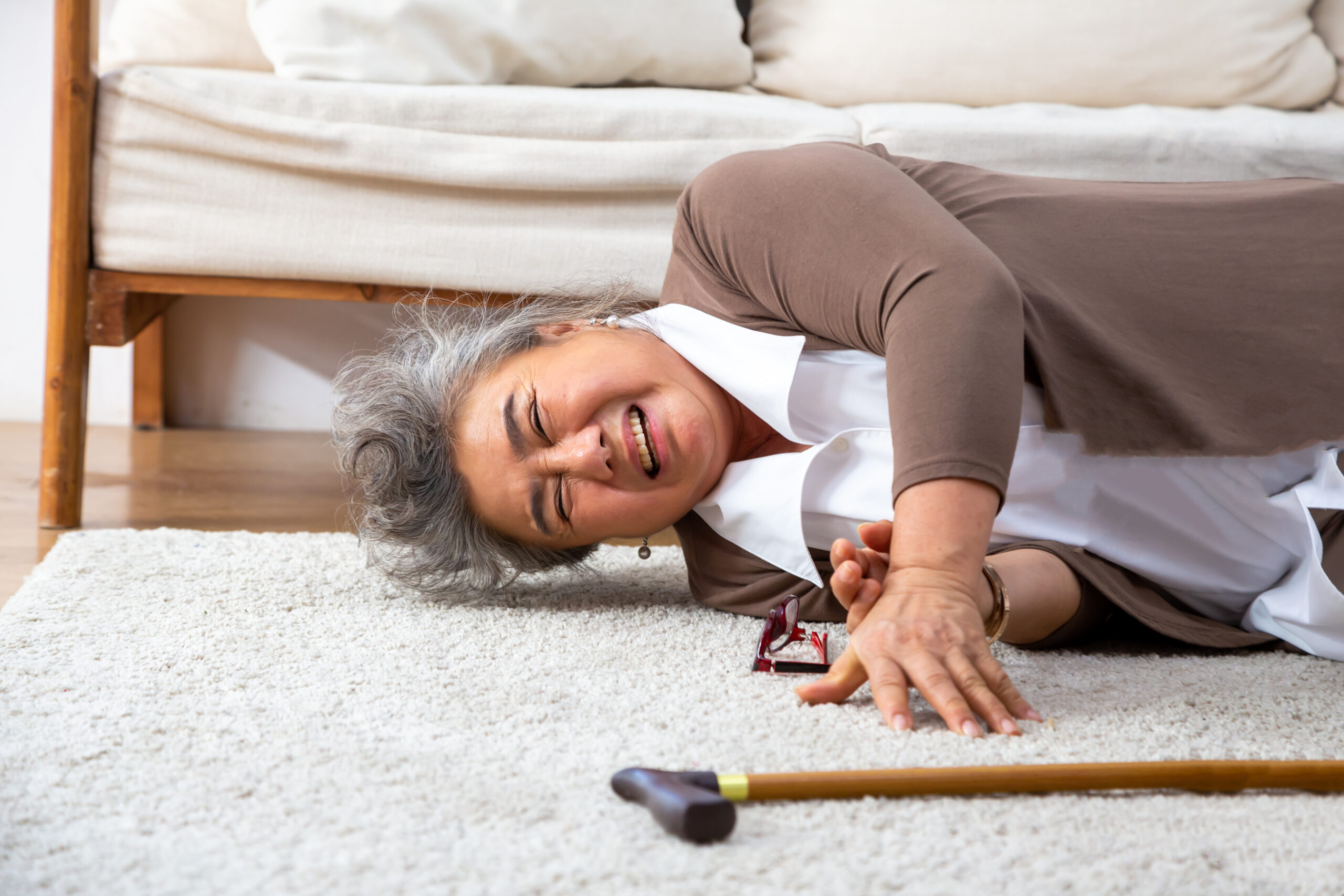Strategies for Preventing Falls and Injuries
Preventing Falls and Injuries: Simple Strategies for a Safer Life
Falls are a significant concern for many people, especially older adults, as they can lead to serious injuries and impact independence. However, with the right strategies, it is possible to reduce the risk of falls and maintain a safe and active lifestyle. Here are some practical tips to help prevent falls and injuries.
### Improving Physical Health
Regular exercise is crucial for maintaining strength, flexibility, and balance, all of which are essential for preventing falls. Engaging in physical activities such as walking, swimming, or cycling can enhance overall fitness and endurance. Specific exercises like strength training, balance exercises, and flexibility stretches are particularly beneficial. For example, strength training can help build muscle in the legs, hips, and core, while balance exercises like standing on one foot or practicing Tai Chi can improve steadiness[1][3].
### Modifying the Home Environment
Creating a safe living environment is another key component of fall prevention. Simple modifications can make a big difference:
– **Eliminate Tripping Hazards**: Remove loose rugs, cords, and clutter from walkways to prevent tripping.
– **Improve Lighting**: Ensure all areas, especially staircases, are well-lit to reduce the risk of falls.
– **Install Safety Features**: Add grab bars in bathrooms and handrails on stairs to provide support[1][3].
### Promoting Safety Awareness
Being aware of potential hazards and taking steps to mitigate them is important. This includes:
– **Wearing Proper Footwear**: Choose shoes with non-slip soles and good support to reduce the risk of slipping.
– **Managing Medications**: Work with healthcare providers to manage medications that may cause dizziness or drowsiness[3][5].
### Regular Health Check-Ups
Regular health check-ups are vital for identifying and addressing potential fall risks early on. Conditions such as osteoporosis or neurological disorders can increase the risk of falling and should be monitored by healthcare professionals[3].
### Social Engagement
Staying socially active and engaged can promote both physical and emotional well-being, reducing the likelihood of accidents and injuries. Social engagement can improve mood, reduce stress, and encourage physical activity[3].
### Rehabilitation and Therapy
For those who have experienced falls or have underlying conditions that increase fall risk, rehabilitation and therapy can be highly beneficial. Physical therapy focuses on restoring strength, flexibility, and balance, while occupational therapy helps adapt daily activities and living environments to reduce fall risks[5].
By implementing these strategies, individuals can significantly reduce their risk of falls and injuries, maintaining independence and enjoying a safer, healthier life. Whether it’s through exercise, home modifications, or seeking professional help, taking proactive steps is key to preventing falls and promoting overall well-being.





